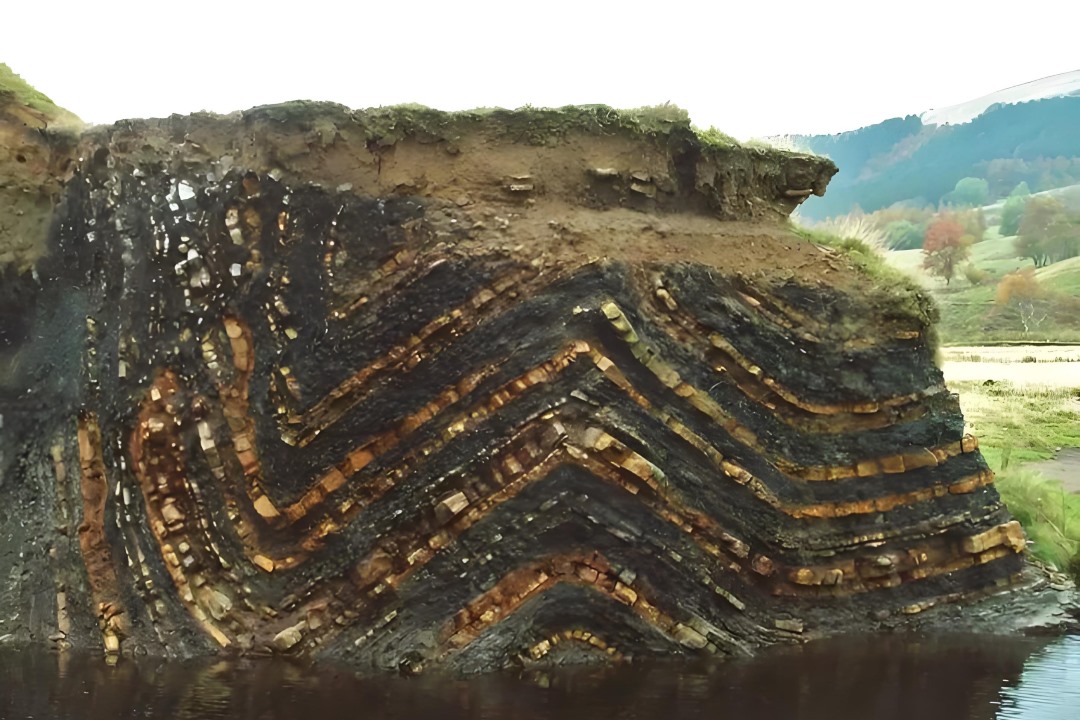In geological structures, special faults can also be divided into three categories: thrust faults, step structures, and imbricate structures. The following will introduce these three types of faults.

1. Thrust faults
Features: Thrust faults move in the same way as reverse faults, but their fault zones are almost horizontal. The rocks of the upper plate are pushed upward to the top of the lower plate. This type of fault forms a nearly horizontal slip in the rock layer, causing the upper plate rock to cover the lower plate.
Cause of formation: Thrust faults are usually produced in the boundaries of convergent plates and are formed by strong compression. The pressure inside the crust causes violent pushing and deformation between rock layers, forming this nearly horizontal fault structure.
2. Step structure
Features: Step structures consist of two or more normal faults with basically the same attitude. On the profile, these faults descend in the same direction in a step-like manner. The decline of each fault may be different, but the overall trend is to descend step by step in the same direction.
Impact: This structure has a significant impact on the regional geomorphology and the occurrence of underground resources. The stepped structure can lead to stepped terrain on the surface, sometimes forming a unique landscape. In addition, this structure will also affect the distribution and occurrence of groundwater, mineral resources, etc.
3. Imbricate structure
Features: The imbricate structure consists of two or more reverse faults with basically the same occurrence. On the profile, these faults are pushed up in the same direction in an imbricate manner. The upward push amplitude of each fault is different, but the overall trend is to push up step by step in the same direction.
Impact: The imbricate structure also has an important impact on the regional geomorphology and the occurrence of underground resources. It can lead to continuous rising terrain on the surface, sometimes forming ridges or hills. In addition, this structure will also affect the distribution and occurrence of underground resources, and may form enriched or depleted areas.
The classification and characteristics of special types of faults are of great significance in geological research. Thrust faults, step structures and imbricate structures not only affect the surface landforms, but also have a profound impact on the distribution and occurrence of underground resources. Understanding the causes and characteristics of these fault types will help scientists better predict and utilize underground resources, and also provide an important basis for the prevention of geological disasters.





